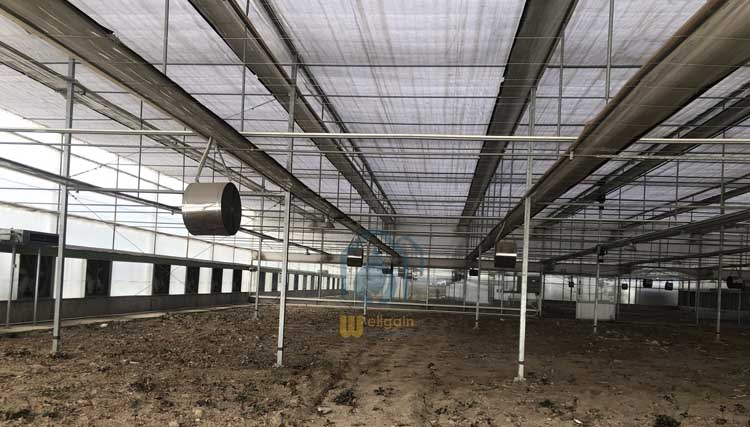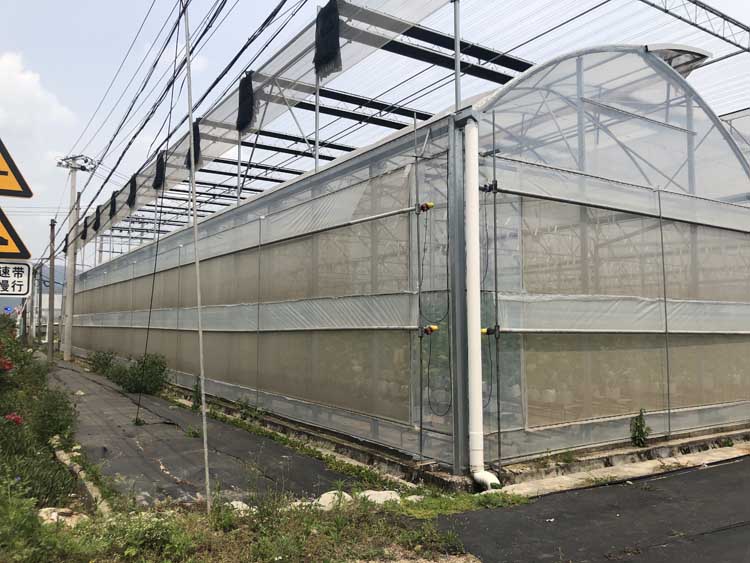In fact, in the production of smart greenhouses, the lighting time is generally controlled according to the type of plants, and can also be adjusted by intermittent supplementary light or shading. By appropriately reducing the light intensity, prolonging the lighting time, increasing the proportion of scattered radiation, and alternating intermittent or weak light, the light utilization efficiency of plants can be greatly improved.
1. Photoperiod fill lamp
For crops that are sensitive to photoperiod in the smart greenhouse, when the dark time is too long and affects the growth and development of crops, artificial photoperiod should be increased. It is easier to adjust the light time than the light intensity. Artificial periodic supplementary light provides information for regulating crop growth and development, generally promotes flower bud differentiation, and regulates crop flowering. Therefore, the intensity of fill light is unnecessary, and the time and intensity of fill light depends on the type of plant.
2. Photoperiod shading
The purpose of photoperiod shading is to prolong the yield of crops and ensure the demand of short-day plants in the smart greenhouse for continuous dark periods, thereby regulating flower bud differentiation. Generally, the top and periphery of crops are tightly covered with black cloth or black plastic film for greenhouse. During the shading period of the light cycle, ventilation should be strengthened to prevent damage to plants caused by the high temperature and high humidity environment.
By introducing the regulation of light time in the smart greenhouse, the regulation of time in the greenhouse plays an important role in the growth of crops. I hope you can master the knowledge of smart greenhouse.

